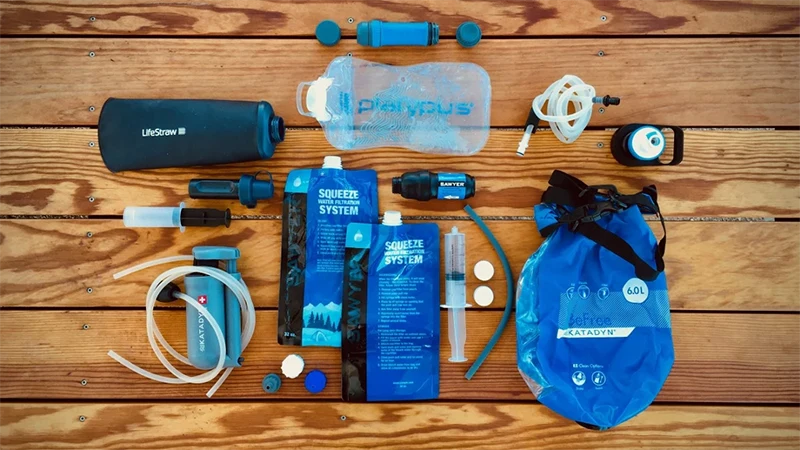

We Hate Ticks, Too. Here’s How to Protect Yourself, Prevent Bites, and Treat Disease.
The mere thought of ticks makes our skin crawl. These vile little creatures transmit diseases such as Lyme, Babesiosis, Rocky Mountain spotted fever, and the rare (but disconcertingly quaintly named) Heartland virus. Symptoms of tick-borne illnesses can range from swollen joints to meat allergies. About 50,000 cases of tick-borne illnesses are reported to the Centers for Disease Control and Prevention every year. Lyme, the most prevalent tick-borne disease in the US, is potentially debilitating and can be difficult to diagnose. In March, the CDC reported that Babesiosis, which can present asymptomatically or with flu-like symptoms, has been on the rise in the Northeast and Midwest over the last few years. Since prevention is better than any treatment, here’s what to keep in mind as you head outdoors this summer.
Prevent a tick bite
High-brush or wooded areas tend to harbor ticks, but it’s not just the deep woods that can be a problem. A 2018 Popular Science article has some good information on avoiding non-native plants like Japanese barberry, which can be a hotbed for ticks. New York Times gardening columnist Margaret Roach is considering buying TheTickSuit, a head-to-ankle cotton jumpsuit designed to be a physical barrier specifically for gardening.
Wear permethrin-treated clothing. It’s best to cover up when you’re hiking—put on long pants, sleeves, and a hat, if possible. If you want to treat your own shoes and clothes, we recommend Sawyer Products Premium Insect Repellent Clothing & Gear in our guide to the best bug repellents; you need to reapply it after about six washings, or every six weeks. (Note that permethrin is very dangerous to cats when wet, so keep your furry friends away from it until it dries.)
Some permethrin sprays are made for a yard or for agricultural use. Since those formulas are meant to be sprayed on plants, they won’t stick to your clothes as effectively, according to Thomas Mather, aka The Tick Guy, director of the University of Rhode Island’s Center for Vector-Borne Disease and the TickEncounter Resource Center.
From the Squad
Campfire conversations with our community, from Squad Members and Ambassadors to Brand Partners and the Sawyer team.

















